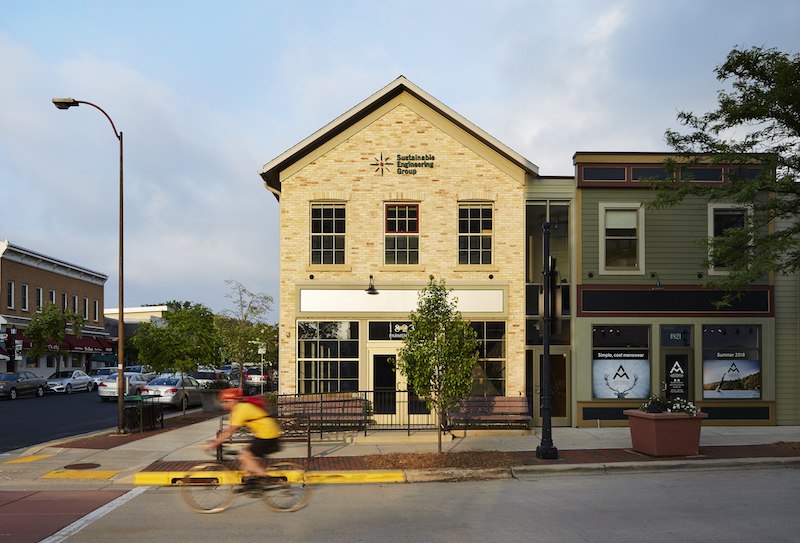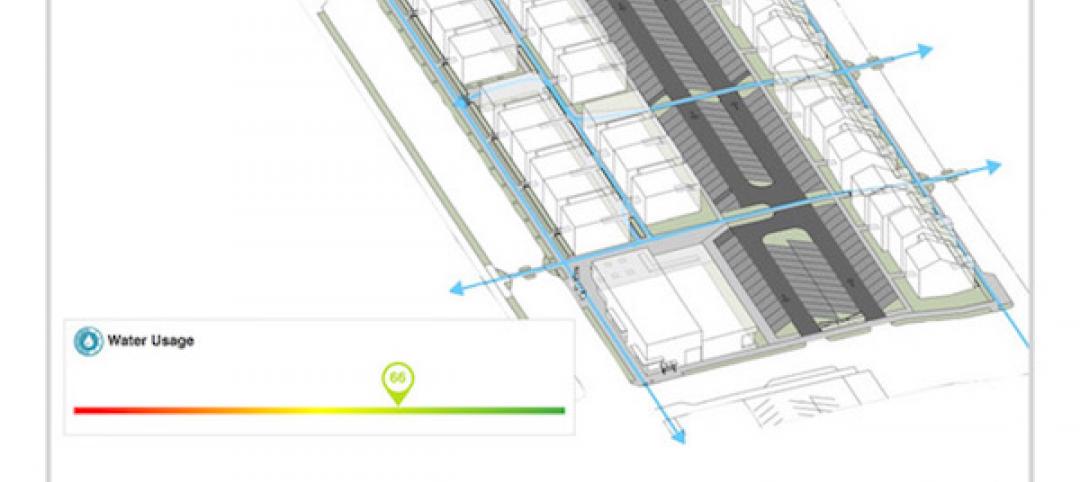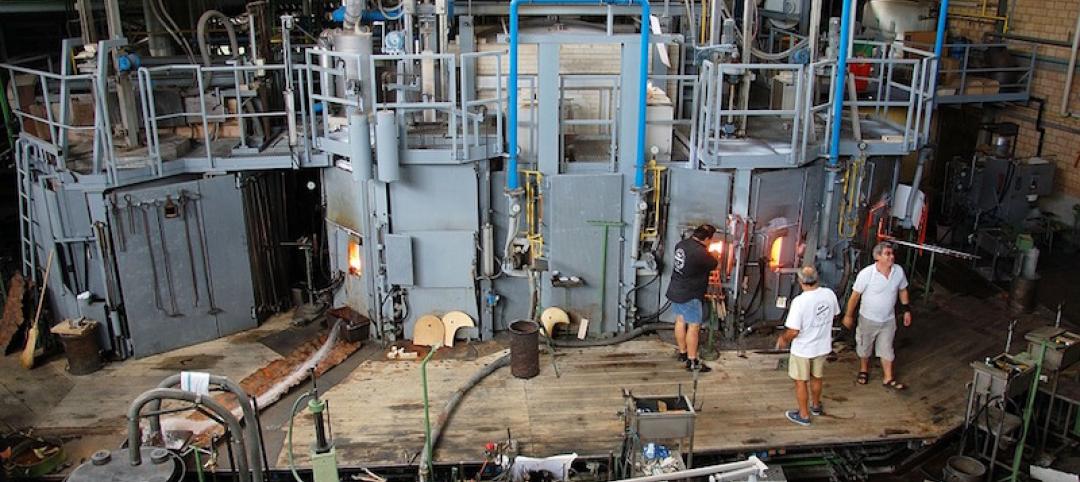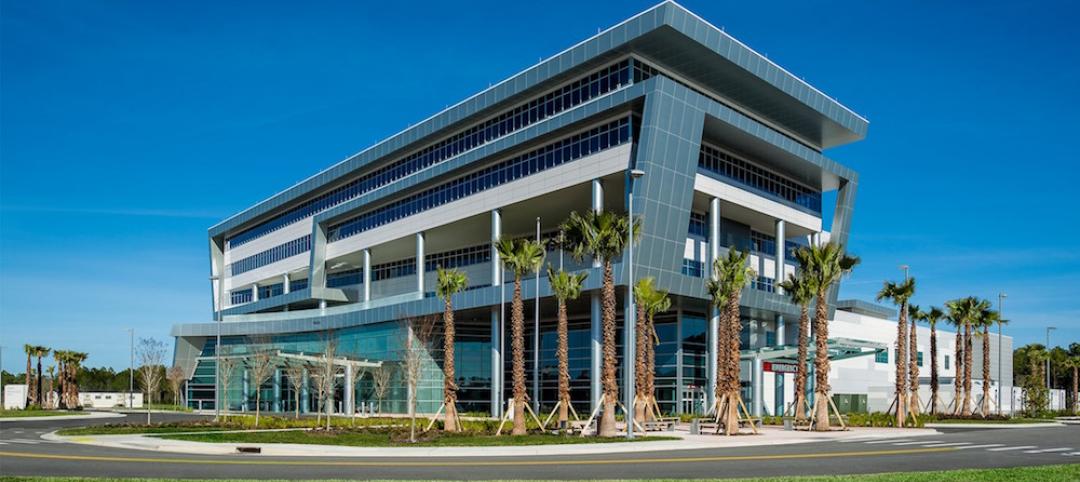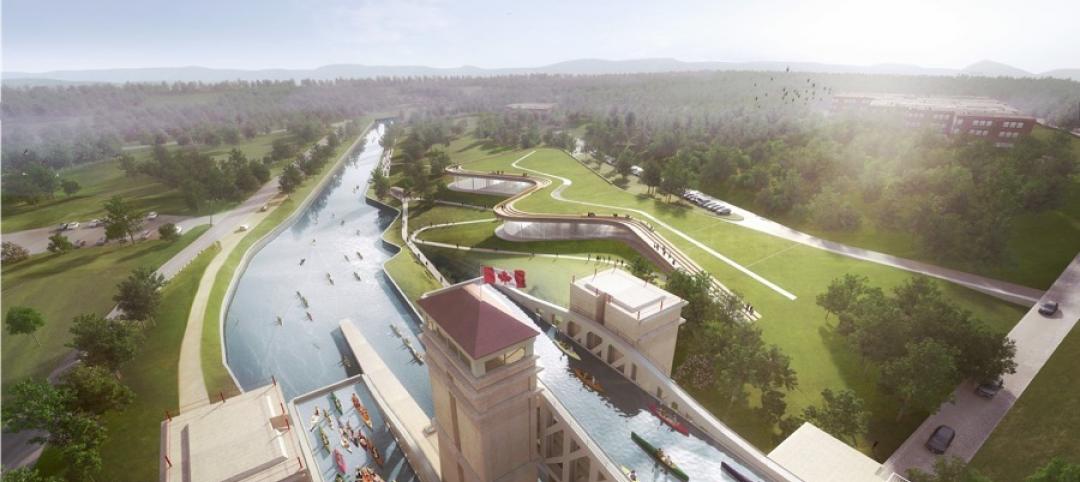Hammell, Green and Abrahamson (HGA), the national design firm that celebrates its 65th anniversary this year, has moved forward on its strategy to elevate its sustainable design and energy planning proficiencies by acquiring Sustainable Engineering Group (SEG), an engineering firm based in Madison, Wis., effective July 1.
SEG, which was founded in 2004, has established itself as a regional leader in energy systems modeling, commissioning and retro-commissioning, LEED certification, and advanced research. It specializes in geothermal systems, renewable energy systems, and carbon reduction/net-zero campus planning.
By adding SEG to its stable, HGA is reinforcing its expertise in energy and infrastructure planning and design for national clients in healthcare, academic, corporate, and public sectors.
“SEG’s approach and deep knowledge will allow us to better serve the energy needs of our growing client base,” says Rick Hombsch, PE, LEED AP, vice president and HGA’s Energy & Infrastructure market leader. “Their team brings technical insights into emerging energy technologies and renewable resources that build on our existing strengths.”
Among SEG’s noteworthy projects are the 8,000-sf Outgamie County Regional Airport in Appleton, Wis., for which SEG provided energy modeling and life-cycle cost analysts for this ZNE building; and UW Hospitals and Clinics, which retained SEG to provide retro-commissioning services for its 3.6-million-sf campus in Madison.
SEG is changing its name to HGA, and merging its operations. Its employees are staying on with the firm, as are SEG's founders, Manus McDevitt, PE, LEED AP; and Svein Morner, PE, PhD, LEED AP, who will be principals at HGA. With the addition of SEG, HGA has offices in 10 cities across the U.S.
Related Stories
Sustainability | Jun 29, 2017
The Dutch ‘Windwheel’ wants to create a new sustainable landmark for Rotterdam
The sustainable structure will be a mixed-use development with a hotel, apartments, and office space.
Green | Apr 11, 2017
Passivhaus for high-rises? Research demonstrates viability of the stringent standards for tall residential buildings
A new study conducted by FXFOWLE shows that Building Teams can meet stringent Passivhaus performance standards with minimal impact to first cost and aesthetics.
Green Building Products | Apr 11, 2017
Plant walls are sprouting inside all kinds of buildings
One installer offers his thoughts on why, and what works.
Sustainable Design and Construction | Apr 5, 2017
A new app brings precision to designing a building for higher performance
PlanIt Impact's sustainability scoring is based on myriad government and research data.
Sustainability | Sep 7, 2016
New plans call for hundreds of thousands of British homes to be heated by factory machines
An expansion of ‘heat networks’ is viewed as a possible means for Britain to accomplish its goal of slashing carbon emissions by 2050.
Green | Jun 9, 2016
SmithGroupJJR’s Brock Environmental Center converts rain into drinkable water
The education building generated 83% more energy than it consumed over the last year en route to earning Living Building Challenge (LBC) certification.
Sustainable Design and Construction | May 10, 2016
Here comes the sun: A primer on sustainable building orientation
GS&P's Corie Baker shows how to design and orient a building to efficiently collect or dissipate solar radiation while enhancing natural daylight and visibility.
Sustainable Design and Construction | Apr 8, 2016
The sustainability culture shift: 8 steps for success
Perkins+Will's Jon Douglas has eight strategies that will start an organization on the path to embedding sustainability into its culture and begin the process of making deep carbon reductions.
Museums | Jan 22, 2016
Canadian Canoe Museum selects Heneghan Peng Architects’ design for new location
The single-story structure is designed for sustainability as well as function.
Sustainable Design and Construction | Jan 22, 2016
At Davos forum, a McDonough-designed meeting space showcases circular economy innovation
ICEHouse is a prototype for temporary, easy-to-assemble structures that deploy locally available materials.


